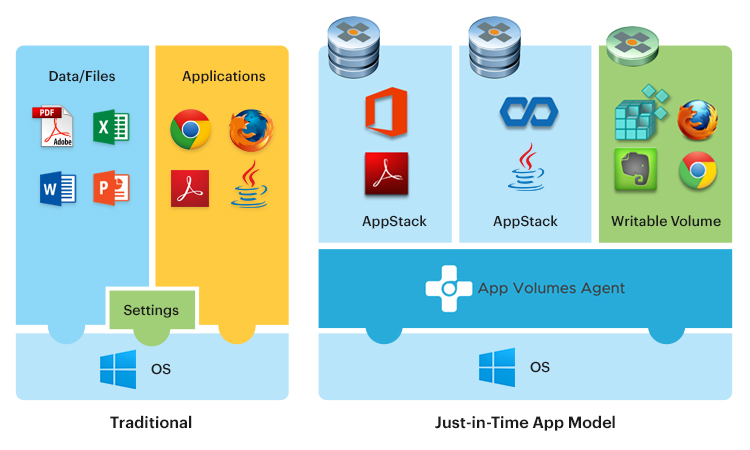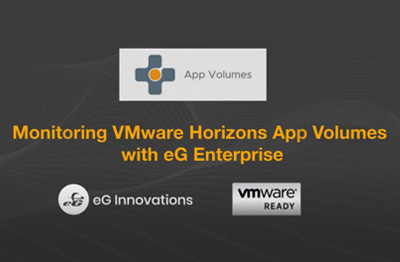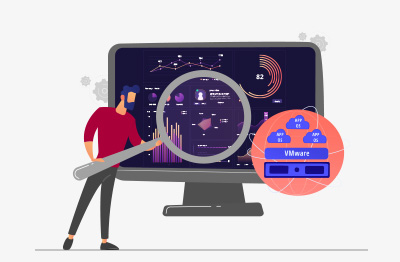VMware App Volumes
What is VMware App Volumes?
VMware App Volumes is a real-time application delivery system that enterprises use to dynamically deliver and manage applications and their lifecycle. Applications are bundled in AppStacks and are delivered by attaching a standard VMDK or VHD file to a virtual machine.
Administrators can centrally manage the applications with the App Volumes Manager, a Web-based interface that is integrated with Active Directory (AD) and vSphere. Administrators can assign, update, or remove applications at the next user login or in real time and there is no need to modify the desktops or individual applications.
In addition to assigning applications to a user, you can also assign a writable volume to a user. A writable volume is an empty read-write VMDK or VHD file which is then available to that user from any device upon login. The writable volume persists any changes written during a session, including personalized data such as the user profile, licensing, configuration, user-installed applications, and other settings. Writable Volumes allow users to access their application data across sessions and devices.
Applications delivered using App Volumes look and feel natively installed and you can update or replace the applications in real time.
With App Volumes, applications become VM-independent objects that can be moved easily across data centers or to the cloud and shared with thousands of virtual machines. In a virtual desktop environment, App Volumes provides many benefits.

Why should I proactively monitor VMware App Volumes?
The VMware App Volumes Manager is a Windows Server used as the Web Console for administration and configuration and assignment of AppStacks and writable volumes. It is also used as a broker for the App Volumes Agents, for automated assignment of applications and writable volumes during desktop startup or user login.
In environments where App Volumes is extensively used, if an AppStack could not be assigned to a user or if the user could not access the applications due to lack of storage space in the volumes, users are forced to wait till the AppStacks are made available or the storage space is increased. To avoid such poor user experience, it is necessary for administrators to monitor the VMware App Volumes Manager round the clock!
What monitoring tools can I use to monitor VMware App Volumes?
While VMware App Volumes includes some monitoring and reporting capabilities, many VMware administrators find it beneficial to use third-party monitoring tools to gain more comprehensive insights into the performance and health of their App Volumes environment. These tools can provide additional features and customization options. Monitoring tools commonly used in conjunction with VMware App Volumes include: vRealize Operations Manager (vROps), SolarWinds and eG Enterprise.


